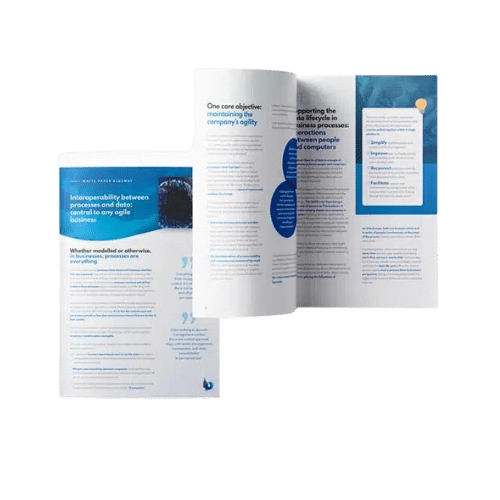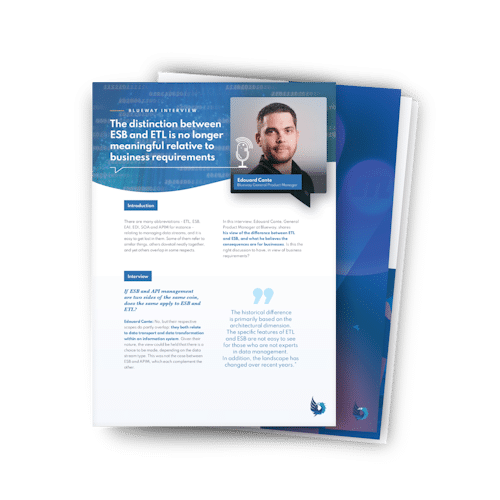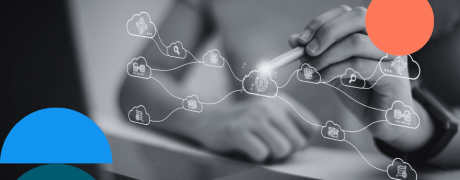The retail sector is among those that have been the most turbulent in recent years, and it is obvious that this trend is picking up pace. Just as there was an unprecedented upheaval in consumption up to the mid-70s in France with the arrival of the supermarkets, the sector is once again undergoing a major transformation.
While there are many factors behind this upheaval, mainly connected to the digital revolution and new trends in consumption patterns, one major cause is the emergence of a new form of competitor, with Amazon leading the pack. The internet behemoth now has a 20% share of online sales in France, and is already at 50% in the United States. Change is galloping onwards and retailers are forced to re-invent themselves as a result.
One battleground for differentiation in particular is the customer experience. While the most visible part of the iceberg here is the growth of “phygital”, with for example bricks-and-mortar outlets installing touchscreens and even virtual reality, the customer experience encompasses a broader picture. It is the way for newcomers to find a place in the market, or a way to try to keep it for those already there!
Customer experience in retail is not restricted to following an omnichannel strategy
But what is the “customer experience”? Marketing theory describes it as all the experiences a customer has throughout the purchasing cycle (before, during and after) from all the interactions that might take place. In the retail sector, the customer experience is directly connected to the idea of omnichannel sales, so it is far from being a strictly demarcated, linear factor.
The customer experience covers a multitude of components, including the ability to find information immediately, test products, feel valued in-store, the availability of after-sales services, and more. France’s leading home improvement store, Leroy Merlin, for example, organises educational workshops to teach customers about various aspects of DIY. Other chains allow products such as electrical appliances or toys to be tested or tried out under real conditions. There are plenty of examples, and they are all looking to break with convention to innovate, and surprise customers.

How process (BPM) and data (ESB) integration can create value for IT and business departments ?
Three avenues are specifically to be followed when improving the customer experience;
- Offering customers a seamless relationship: regardless of the method of interaction with the brand or product, there should be no dissonance in the information received by consumers between their internet searches, promotional emails, product descriptions on e-commerce or online marketplace websites or any information they obtain in stores. This means a cross-functional, omnichannel picture of the purchasing experience needs to be put in place.
- Enable ever more advanced customisation of the customer relationship: bespoke loyalty schemes, individual in-store advice from sales staff, local promotions tied in to local events or the store itself. This demands centralisation of all data and full control over the use made of it.
- This customisation can also concern the products themselves. Not only do new consumer trends force product ranges to be developed to take into account demands surrounding organic farming, the buy local movement, carbon costs, etc., but products and product design need to be adapted depending on the location (regulations, consumer priorities, etc.). Beyond that, there is a growing demand for products that are customized either individually or on-demand, while ensuring they are made as widely available as possible. A central, structured and continuous flow of data between sales and procurement departments then becomes vital.
Procurement-sales synergy has a central role to play in improving the customer experience!
While improving the customer experience affects all the departments in a business, it is obvious from these three main avenues that the procurement and sales departments are front and centre. Otherwise how can customized products be made available in very short lead times? How can product descriptions that are updated in real time across all channels be provided, including for partner marketplaces where retailers are sometimes more or less obliged to sell their goods? How can finely-tuned product customization be provided? How can the business guarantee that products shown on its website will actually be available in-store, and how soon? How can procurement from suppliers be adapted dynamically, on the basis of actual sales? How can supplies be procured as close as possible to home to meet the demand for goods to be produced locally?
All these questions are an integral part of a successful customer experience and all are underpinned by procurement-sales synergy within an efficient and effective information system. Retailers in the culture/entertainment/leisure sector have long been aware that a solid and integrated IS makes it possible to cope with peak period such as Christmas, which accounts for up to 30% of their full-year revenue, with peace of mind, knowing that they have answered all these questions positively.

ESB vs ETL ? The distinction between is no longer relevant relative to today’s business requirements.
How can the information system support this procurement-sales synergy?
Data and data streams are obviously the key to the solution. Of course, your online and offline customer data has to be harmonised within a single master data repository, usually a CRM application. However, restricting yourself to customer data means you are only looking at one dimension of the process.
Sales-procurement synergy requires the data silos brought about by running independent applications, sometimes with one-to-one connections from one end of the chain to the other, to be broken down.
Although customers are the crucial link in procurement-sales synergy, they are not the only link. Central procurement units, wholesalers, sales outlets, manufacturers, goods packing units, suppliers of all kinds… not only must all the data flowing within the business be mapped, structured and optimised, but also its interchanges with the whole ecosystem.
Interoperability between processes and the data involved all along the chain is a key success factor. Managing stocks to match demand, orchestrating verification and processing of requests to suppliers, adapting promotions based on locations and customer profiles, coordinating supplier lead times and restocking trigger thresholds, tracking order changes and processing, and much more besides are all operations involving both data and data streams connected to procurement and sales departments and a range of applications (PIM, ERP, CRM, e-commerce, WMS, etc.).
Taken independently, all these actions are mainly operational in scope. When consolidated and structured through a cross-functional data stream, however, they become central to the agility of the business and its ability to respond to new trends in consumption patterns.
Improving the customer experience through procurement-sales synergy is therefore built on an optimised business-wide process that will interact, create and convey data along the entire chain.
The key actions to take are therefore:
- Model and sequence the optimum process with a BPM (Business Process Management) system,
- Route data through all the applications identified using an ESB (Enterprise Service Bus)
- Continuously improve the quality of master data using the features offered by MDM (Master Data Management).
Fitting these three components together within an integrated data management platform is consequently the best way to ensure a cross-functional, application-agnostic process that furthers the improvement of the customer experience.

Want to discuss interoperability challenges with an expert?





